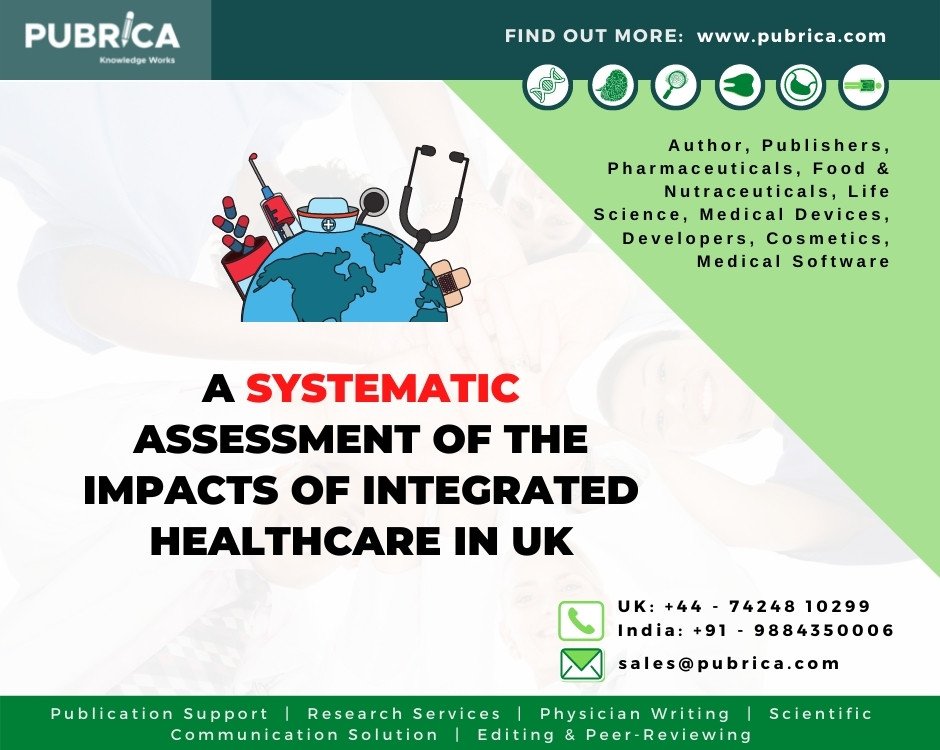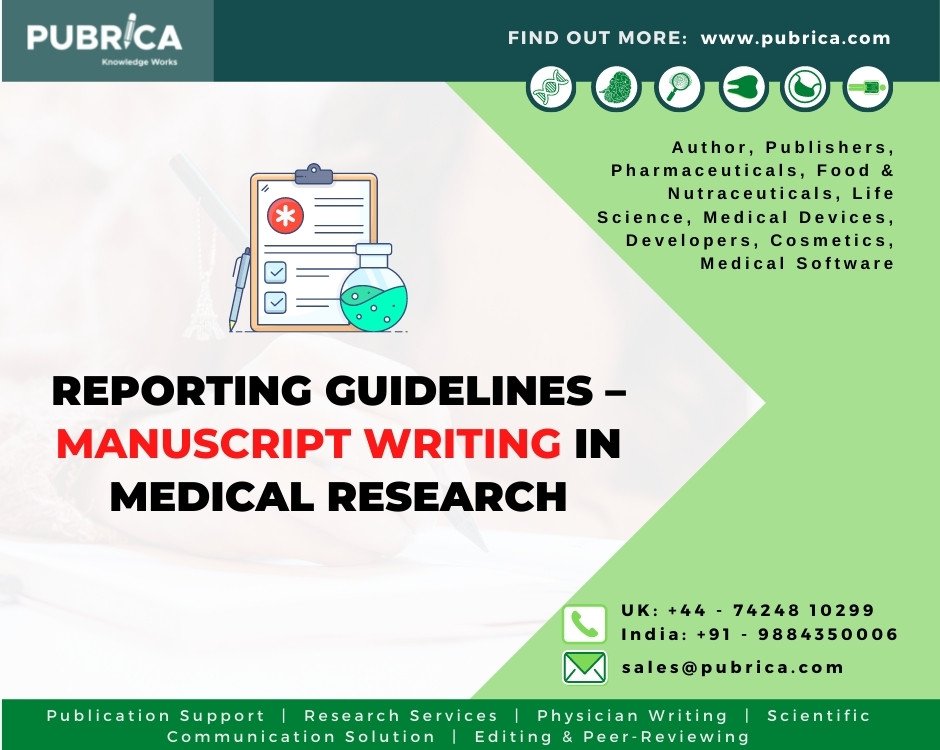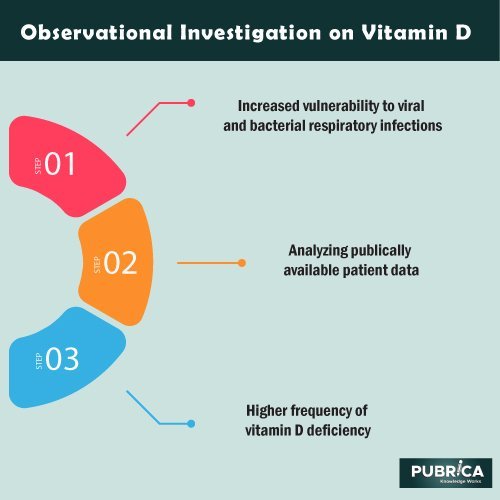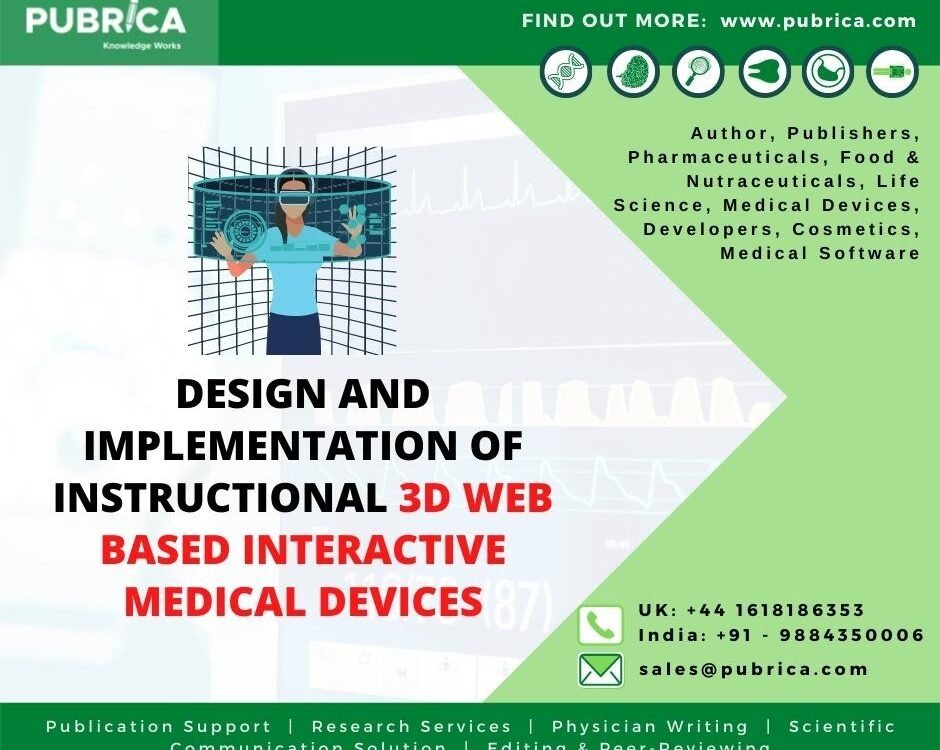
A Systematic Assessment of the impacts of integrated healthcare in UK
January 17, 2022
Reporting guidelines – Manuscript Writing in Medical Research
January 21, 2022According to an increasing body of evidence, original medical research for vitamin D insufficiency has been linked to an increased vulnerability to viral and bacterial respiratory infections. Similar findings have recently been published for COVID-19: researchers discovered a significant association between vitamin D insufficiency and COVID-19 risk by analyzing publically available patient data. Furthermore, data suggests that COVID-19 affects black and minority ethnic people disproportionately, with one possible explanation being a higher frequency of vitamin D deficiency, among other risk factors. As a result, it’s thought that having enough vitamin D can help minimize the danger of catching the SARS-CoV-2 virus, as well as the likelihood of severe or fatal COVID-19 disease. This original research article aimed to look at the link between vitamin D and COVID-19 risk and outcomes. Logical regression was used in the 417,342 UK participants to find relationships between vitamin D factors and COVID-19 (risk of infection, hospitalization, and mortality).
Mendelian Randomization (MR) experiments using the genetic variations associated with serum 25OHD as instrumental variables have been conducted to investigate the causative role of vitamin D in COVID-19 risk. It has been demonstrated that a genetic tendency to low vitamin D levels is not causally linked to infection with SARS-CoV-2 or severe COVID-19 illness. It is crucial to highlight that while vitamin D level has a high genetic heritability in winter, , its status may be primarily influenced by environmental factors regulating ultraviolet B (UVB) radiation exposure (such as season and geographical latitude) in summer. As a result of this manuscript research article, an integrative assessment of vitamin D levels determined by genetics and ambient UVB radiation during the pandemic would provide comprehensive insight into the causative inference related to vitamin D and COVID-19 risk.

Methods
Choice of 25OHD genetic instruments
A research manuscript article used a genome-wide association study (GWAS) to uncover genetic variations that explain 25OHD levels, which is, to our knowledge, the biggest published GWAS of 25OHD levels. Importantly, this research article took into the season in which vitamin D was measured to find genetic variations strongly linked to 25OHD levels. SNPs whose influence on 25OHD level was genome-wide significant (p < 5 10-8), whose minor allele frequency was more than 1%, and with linkage disequilibrium coefficients (r2) of less than 5% from the list of conditionally independent variations supplied (using the LDlink tool and the European 1000 Genomes dataset, excluding Finnish populations). They utilized the LDlink tool to find genetic proxies in the European 1000 Genomes dataset (excluding Finnish populations) for SNPs that were not accessible in the outcome GWAS or with palindromic alleles of intermediate frequency (between 42% and 58%).
Primary MR Analysis
The Wald ratio approach was used to determine the effect of the 25OHD level on COVID-19 outcomes for each SNP. Each SNP’s result was expressed as a standardized log-transformed 25OHD level. We used the inverse-variance weighted (IVW) method to estimate, and we used variant heterogeneity tests to ensure that IVW results were robust. The TwoSampleMR package was used for allele harmonization and computations.
Discussion
We examined a link between vitamin D and COVID-19 risk and severity in this scientific original research paper by studying a complete set of essential vitamin D variables together for the first time and employing several techniques to explore the consistency of our findings. We identified a robust inverse relationship between disease severity and an integrated ambient UVB measure before disease onset (vitD-UVB). Since UVB radiation is low at this time of year, particularly in the high northern latitudes of the UK, the UVB variable’s discriminatory power is limited in this study; nevertheless, more substantial impacts may be detected if UVB variation is more significant. We only used ambient UVB and did not account for individual behavioural characteristics that could influence vitamin D production in the skin, such as the amount of time spent outside, the time of day spent outside, clothes, etc. It’s worth noting that the best predictor of vitD-UVB is the time of year. To avoid bias, control dates were allocated to the same distribution as case dates, which may have artificially reduced differences in vitD-UVB between cases and controls; nevertheless, this did not affect analyses of hospitalization and mortality.
Conclusion
After controlling for confounders, the researchers observed no significant relationships between COVID-19 risk and measured 25-OHD levels; however, this finding is constrained by the fact that vitamin D levels were assessed on average 11 years before the pandemic. COVID-19 hospitalization and death were highly and inversely related to ambient UVB. Although MR sensitivity studies revealed a potential causal effect, the primary MR study did not show that genetically-predicted vitamin D levels were causally connected with COVID-19 risk. Overall, the impact of vitamin D levels on the likelihood or severity of COVID-19 is debatable; more research is needed to confirm vitamin D supplementation as a strategy of preventing worsening COVID-19. Pubrica supports original research article services for different types of diseases such as cancer, diabetes, stroke, etc., for original manuscript writing and scientific writing services.
Reference
- Xue Li, Jos van Geffen, Michiel van Weele, Xiaomeng Zhang, Yazhou He, Xiangrui Meng, Maria Timofeeva, Harry Campbell, Malcolm Dunlop, Lina Zgaga & Evropi Theodoratou; An observational and Mendelian randomisation study on vitamin D and COVID-19 risk in UK Biobank; Scientific Reports volume 11, Article number: 18262 (2021).
Guillaume Butler-Laporte ,Tomoko Nakanishi ,Vincent Mooser,David R. Morrison,Tala Abdullah,Olumide Adeleye,Noor Mamlouk,Nofar Kimchi,Zaman Afrasiabi,Nardin Rezk,Annarita Giliberti,Alessandra Renieri,Yiheng Chen, J. Brent Richards; Vitamin D and COVID-19 susceptibility and severity in the COVID-19 Host Genetics Initiative: A Mendelian randomization study; June 1, 2021.

